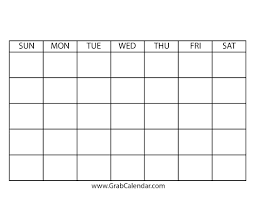2. When doing a scholastic game, make sure you dress business casual. No jeans, sweat suits or t- shirts. 2nd notice.
3. In “3” person games, all fouls in the back court there will be no long switch. Just slide down the court after you reported the foul.
4. On a technical foul on the bench, get away from the table, go opposite. We must protect each other’s back. Darrin Cox and Kurt Klier did this fantastically in a Christmas tourney game. Gentlemen, job well done.
5. The lead official in a “3” person assignment will never have a closely guarded count. These will be handled by the T and C officials. We will use the CCA Men’s Mechanic for this scenario.
6. When there is “5” seconds left on the game clock or shot clock. The lead official will lock down and not rotate. CCA Women’s Mechanic.




